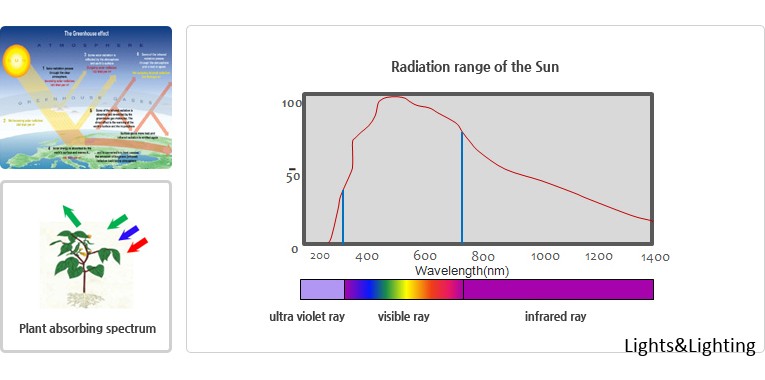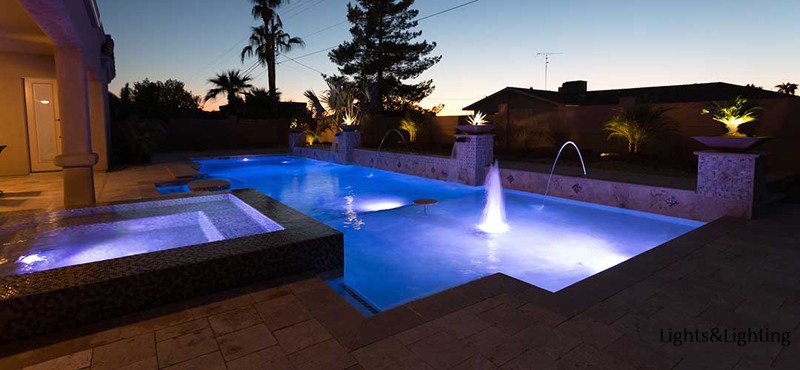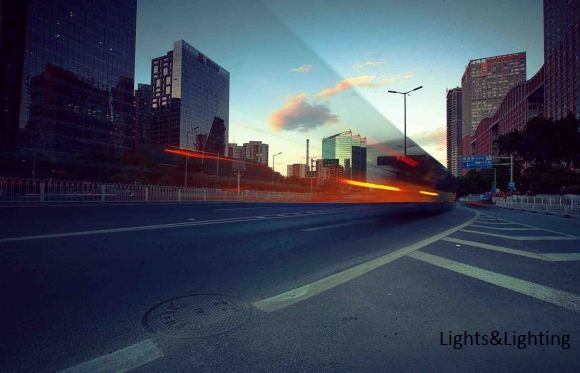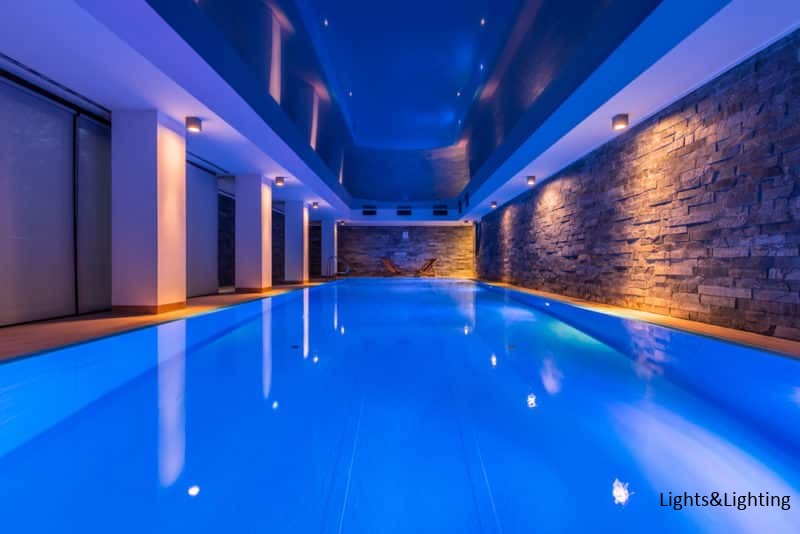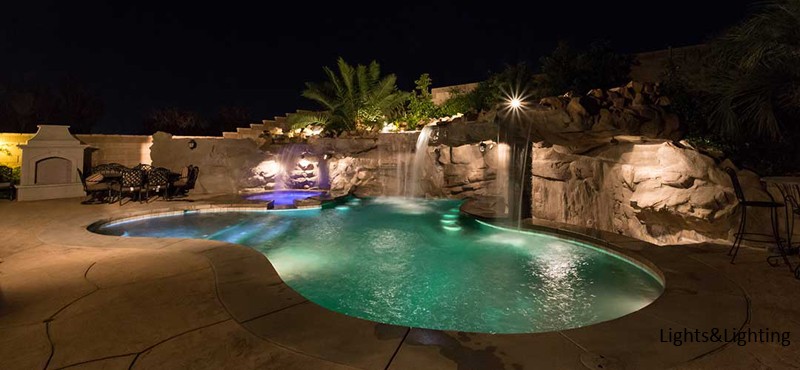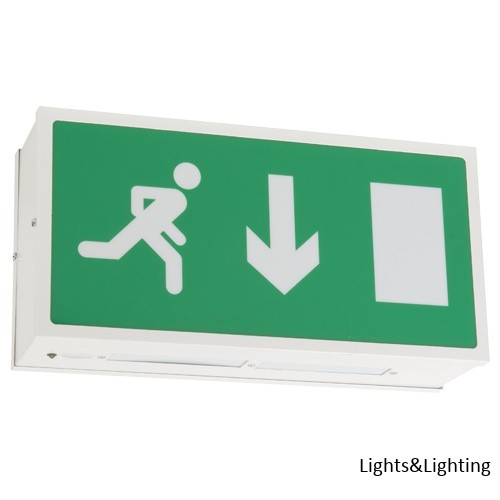LED Lighting
This is the deliberate use of light to achieve a practical or aesthetic effect. An artificial source such as a lamp or light fixture may be used. Sunlight in the daytime acts as natural illumination. A proper set of lights enhances task performance.
They improve the appearance of an area and may have positive psychological effects on the occupants of a home. A great light setup and designer lighting combine different types of lights to create a welcoming space where you can easily work or relax. Bad illumination does the exact opposite.
What are the options for home LED lighting?
Modern technology has propelled the options for home lighting to a new level, with options ranging from traditional lighting right through to those connected to automated smart home systems. In terms of designer lighting, everything from pendant lighting to chandeliers is options, so it pays to have a clear idea of the type of aesthetic you’re aiming to achieve and work towards a unified lighting system throughout the home.
Types and Usages
There are 3 main types of light. These are general, task, and accent.
General LED Lights
This type gives an area overall illumination. It radiates a comfortable level of brightness. This enables people to see and walk about safely. This is accomplished through the use of chandeliers, ceiling or wall-mounted fixtures, recessed or track lights, and lanterns outdoors.
LED Task Lights
The ultimate goal of this light is to help tasks to get done. It should be free of distracting glares but bright enough to prevent eye strain. There are many options available.
Tasks lights are adjustable to any chosen area. They can be brightened or darkened to suit one's needs.
Task Lights may come in the form of overhead sources like recessed or track lighting, as well as an adjustable desk or task lamp. These are ideal for activities like reading, cooking, studying, and office work.
LED Accent Lighting
LED accent lighting has a visually dramatic appeal. The aim is to draw attention to an object or feature without drawing attention to how it’s being lit. This requires at least three times as much light towards the focal point compared to the rest of the room. It is used to spotlight paintings, houseplants, sculptures, and other prized possessions, or to highlight the texture of a wall, drapery, or outdoor landscaping.
Ambient Lighting
Ambient lighting is the main lighting source for a room. This type of lighting covers everything from ceiling lights to wall lights. Ambient lighting is particularly important to get right as it will determine your experience of a room, and provide an even amount of lighting in a room. Dimmers are generally used to control ambient lighting and allow for lighting to be adjusted depending on how the room is being used.
Ambient lighting is used to provide the right amount of light for an entire room; it is not designed to illuminate specific areas within a space.
Bathroom and kitchen lighting
Bathroom lights are often specified as a mix of more traditional, pared-back downlights and task lighting around mirrors and vanities - those areas where additional lighting is required for specific tasks such as shaving or applying makeup.
Kitchen lighting is similar to bathroom lighting in terms of its composition - generally a combination of ambient and task lighting. Often, task lighting is needed for particular work areas such as over a kitchen island or benchtop where food is prepared. Many modern kitchens also incorporate LED lighting in cupboards and in open cabinetry.
